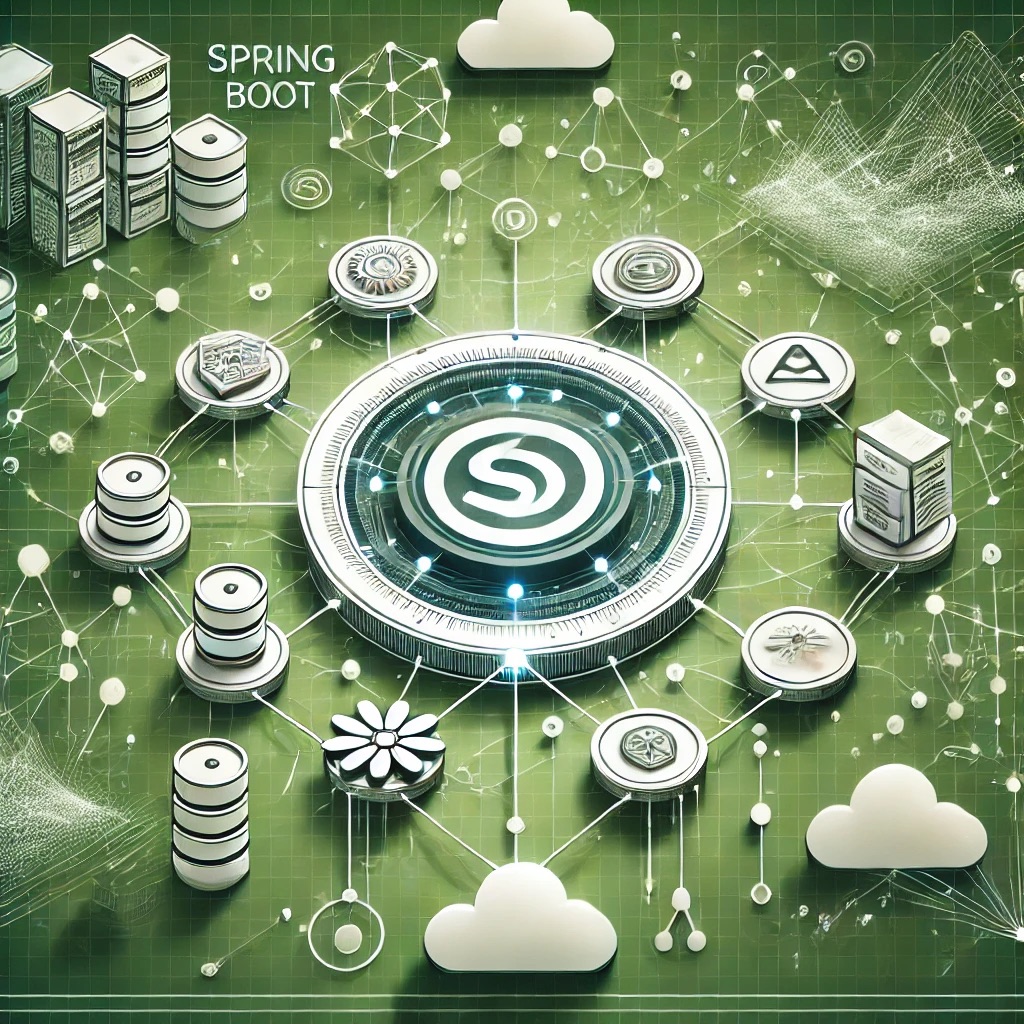Background: Selenium in Enterprise Automation
Why Selenium Dominates Automation
Selenium provides cross-browser support, integration with multiple languages, and compatibility with CI/CD systems. Enterprises use it for regression, end-to-end testing, and compliance validation at scale. Its open-source nature lowers costs but increases operational responsibility.
Key Challenges
Large-scale deployments often encounter flaky tests, brittle locators, inconsistent browser behavior, and resource-heavy execution pipelines. These issues consume significant engineering hours if left unresolved.
Architectural Implications
Scaling Test Infrastructure
Running hundreds of tests in parallel strains infrastructure. Enterprises deploy Selenium Grid or cloud providers (e.g., Sauce Labs, BrowserStack), but misconfiguration of grid nodes, network latency, or VM scaling introduces instability.
CI/CD Integration
When Selenium suites run inside Jenkins, GitLab CI, or Azure DevOps, tests often delay feedback cycles. Inefficient test design or lack of containerization causes prolonged execution times, undermining continuous delivery goals.
Diagnostics & Root Cause Analysis
Common Symptoms
- Intermittent test failures (flakiness)
- "ElementNotVisibleException" or stale element references
- Browser crashes during parallel execution
- Inconsistent behavior across environments
Diagnostic Techniques
- Enable verbose WebDriver logging to analyze browser-driver interactions.
- Capture screenshots and DOM snapshots on failures to isolate root causes.
- Use headless mode selectively to detect rendering differences.
- Run stress tests on Selenium Grid to benchmark node stability under load.
Step-by-Step Fixes
1. Stabilizing Test Synchronization
Replace hard waits with explicit waits to reduce flakiness:
WebDriverWait(driver, 10).until(EC.visibility_of_element_located((By.ID, "submit")))
2. Managing Browser Drivers
Ensure driver versions align with browsers. Use tools like WebDriverManager to auto-manage compatibility:
WebDriverManager.chromedriver().setup() driver = new ChromeDriver()
3. Optimizing Parallel Execution
Configure Selenium Grid with sufficient resources and isolation:
docker run -d -p 4444:4444 \ -e SE_NODE_MAX_SESSIONS=5 \ -e SE_NODE_SESSION_TIMEOUT=300 \ selenium/standalone-chrome
4. CI/CD Acceleration
Run Selenium tests inside containers and parallelize suites at the CI level. Tag and prioritize critical tests to run on every commit while deferring full regression to nightly builds.
Pitfalls to Avoid
Over-reliance on XPath Locators
XPath expressions are brittle under UI changes. Prefer stable CSS selectors or data-test attributes for maintainability.
Ignoring Browser Resource Usage
Parallel execution can exhaust memory/CPU, causing browser crashes. Monitor resource utilization and right-size grid nodes.
Best Practices
- Design page objects to encapsulate locators and reduce duplication.
- Use explicit waits consistently across tests.
- Adopt containerized Selenium Grid for reproducibility.
- Integrate retry mechanisms for transient failures.
- Collect and analyze metrics on test duration and pass rate over time.
Conclusion
Selenium remains a powerful enterprise automation tool, but at scale, troubleshooting becomes critical to ensuring reliability. By addressing synchronization issues, managing driver versions, optimizing parallel execution, and integrating effectively with CI/CD, organizations can reduce flakiness and accelerate delivery. Treating Selenium not just as a test library but as an architectural component of DevOps pipelines enables long-term stability and efficiency.
FAQs
1. Why are Selenium tests flaky?
Flakiness often stems from improper synchronization, brittle locators, or environmental differences. Explicit waits and stable selectors reduce this significantly.
2. How can I scale Selenium tests effectively?
Use Selenium Grid or cloud providers with containerized nodes. Ensure proper resource allocation and monitor grid performance under load.
3. What\u0027s the best way to handle driver compatibility?
Automate driver management with tools like WebDriverManager. Align driver versions with browser versions in CI/CD pipelines.
4. Should I always use headless browsers in CI?
Headless mode improves speed but can hide rendering-specific issues. Use it for most tests but run a subset in full browsers for coverage.
5. How do I reduce CI/CD pipeline delays with Selenium?
Run critical smoke tests on every commit and defer full regression suites to scheduled builds. Parallelize execution and containerize environments to shorten runtime.



